This blog emerged from a book group that meets monthly in Menlo Park, California, to discuss middle grade books with an eye to craft. We don’t always create posts on the books we read, but we do have great discussions! If you’re looking to expand your middle grade reading or to start your own discussion group, feel free to read along.
Our Strategy for Discussion
Our goal as a group is to read recently published books and discover craft elements we can use in our own writing. In some ways, it doesn’t matter how we feel about a book; whether we like, dislike, love, or hate a book, we can still learn from it. While we can certainly talk about our emotional responses to a book, we find it most helpful to discuss a book in the context of craft–whether craft choices are effective, or ineffective, which craft elements can be helpful in our own work, how the various elements of craft work together. Individual books are not for everyone. This is a good thing! We need a variety of books to reach a variety of readers! But by their very nature, middle grade books are not written for us (adult writers) as an audience.
When leading a discussion, it can be helpful to start with what the book is trying to be. We wouldn’t judge a horror film for having no “meet cute” moment. A horror film is not necessarily trying to be a romance, and so won’t fulfill romance conventions. Aim for a first question that identifies what kind of book we’re looking at. (This may fall more naturally later in a discussion, and that’s fine too, but it can be an important thing to keep in mind.)
As readers and writers, we also should aim to at least name (if not question) our assumptions about what makes something “good” or effective. For instance, in our group we’ve talked a lot about Save the Cat and traditional plot structures. But does every effective novel have a Save the Cat structure? (Our answer: No. See Katherine Applegate’s Crenshaw for an effective non-traditional plot structure.) When we say a character must be relatable, what does that mean? Is your knee-jerk reaction to passive voice going to hinder your appreciation for a book, no matter how successful it is in other areas? Recognizing our own assumptions and biases doesn’t negate our opinions on a book. It simply acknowledges what is behind our judgments.
So discuss! Reading with open minds, open hearts, curiosity, and our critical antennae adjusted can lead to a deeper understanding of craft best-practices and effective ways to improve our own craft.
Upcoming Books
July: Ways the Make Sunshine by Renée Watson
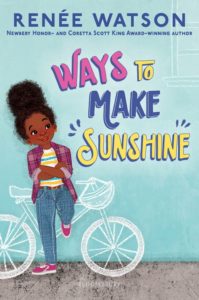
August: Mañanaland by Pam Muñoz Ryan
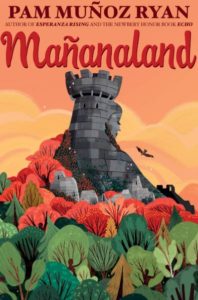
September: The List of Things that Will Not Change by Rebecca Stead
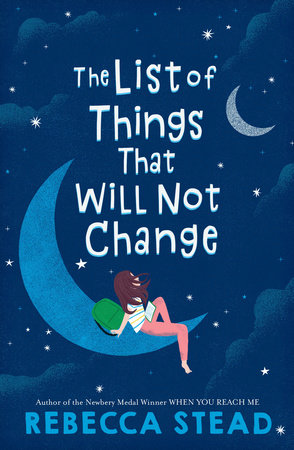
October: Ghost Squad by Claribel A. Ortega
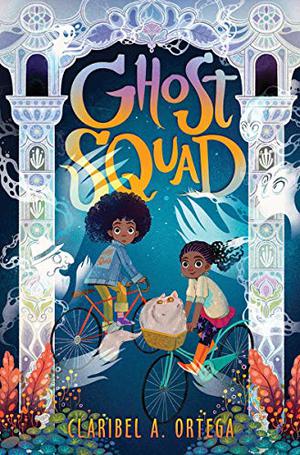
November: When You Trap a Tiger by Tae Keller
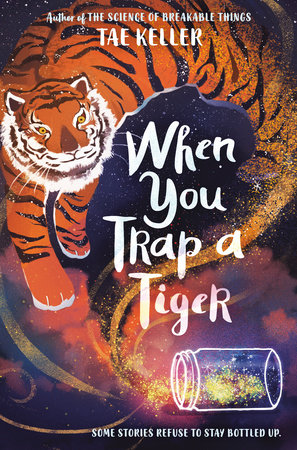
December: The Bridge Home by Padma Venkatraman
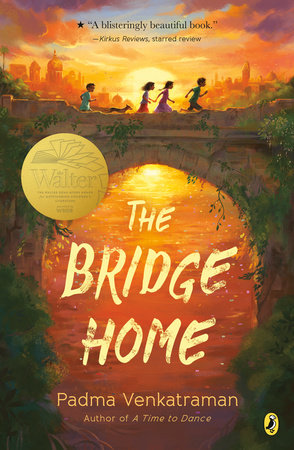
Sneak Peek into 2021!
January: The Book of Boy by Catherine Gilbert Murdoch
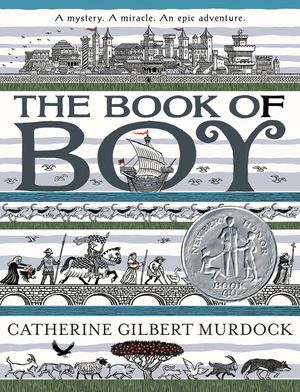
February: From the Desk of Zoe Washington
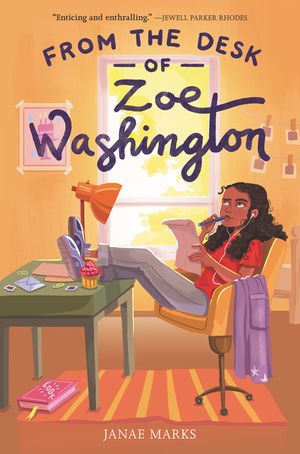
Past 2020 Books
January: Look Both Ways by Jason Reynolds

February: Over the Moon by Natalie Lloyd
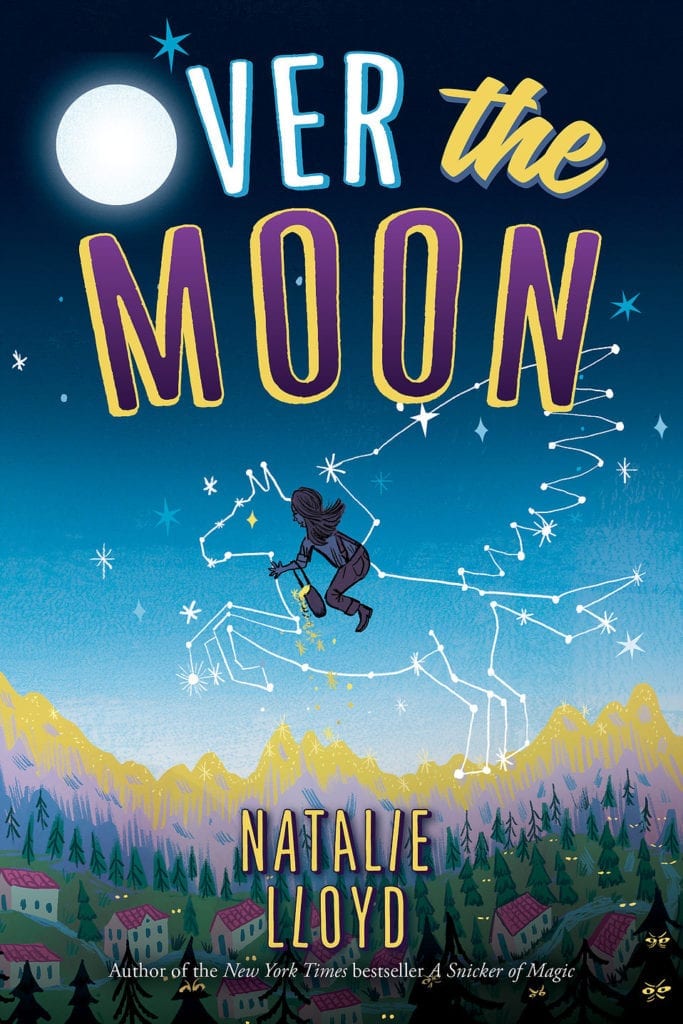
March: The Year We Fell From Space by Amy Sarig King
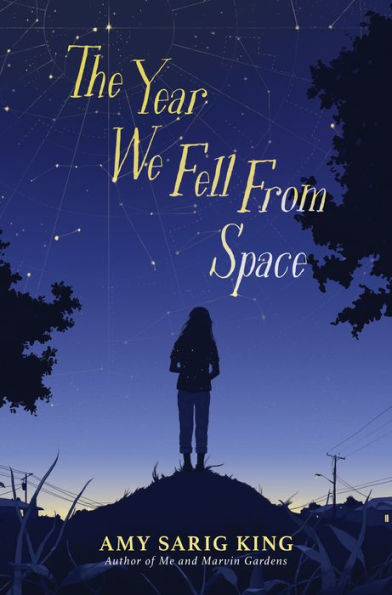
April: Sal and Gabi Break the Universe by Carlos Hernandez
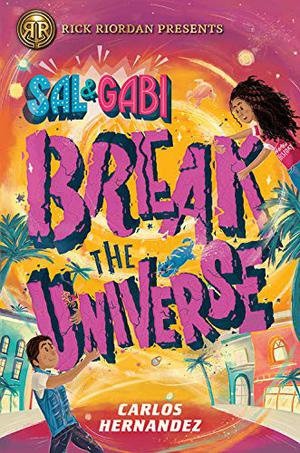
May: Harbor Me by Jacqueline Woodson
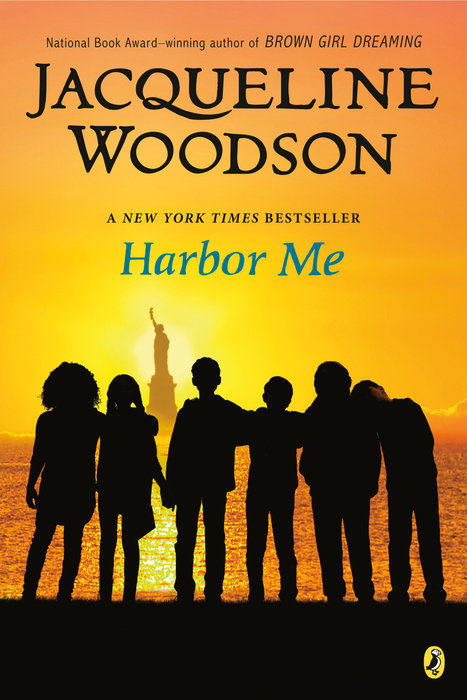
June: Lexi Magill and the Teleportation Tournament by Kim Long
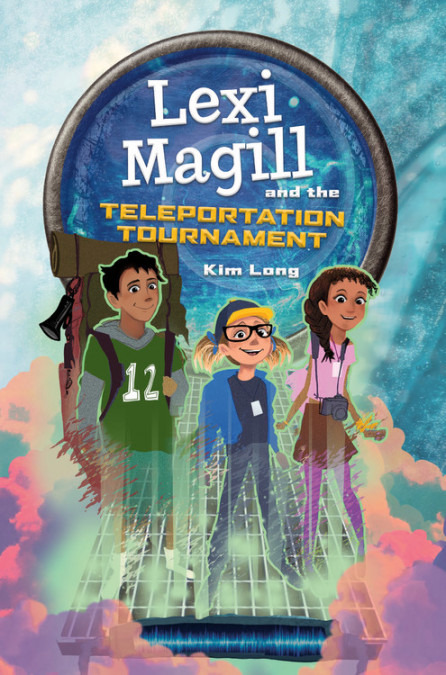
For more books we recommend, check out our BOOK GALLERY.
Anne-Marie Strohman (co-editor) writes picture books, middle grade novels, and young adult short stories and novels. She is trained as a teacher, an editor, and a scholar, specializing in Renaissance Literature. She holds an MFA in Writing for Children and Young Adults from Vermont College of Fine Arts and is an active member of SCBWI. Find her at amstrohman.com and on Twitter @amstrwriter.
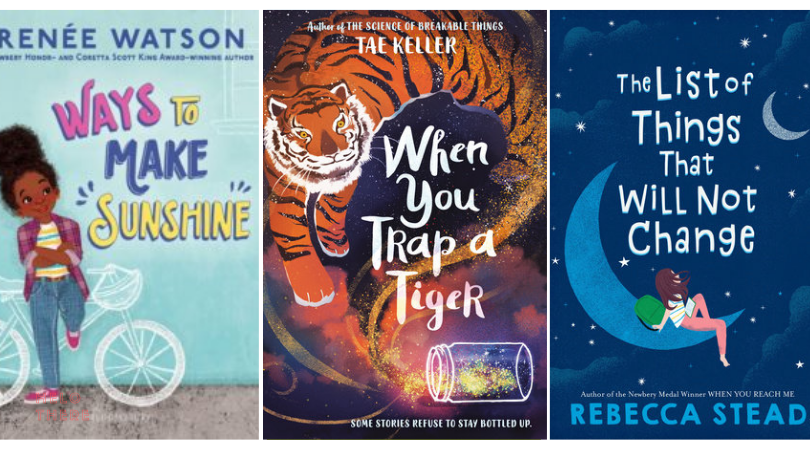
COMMENTs:
0